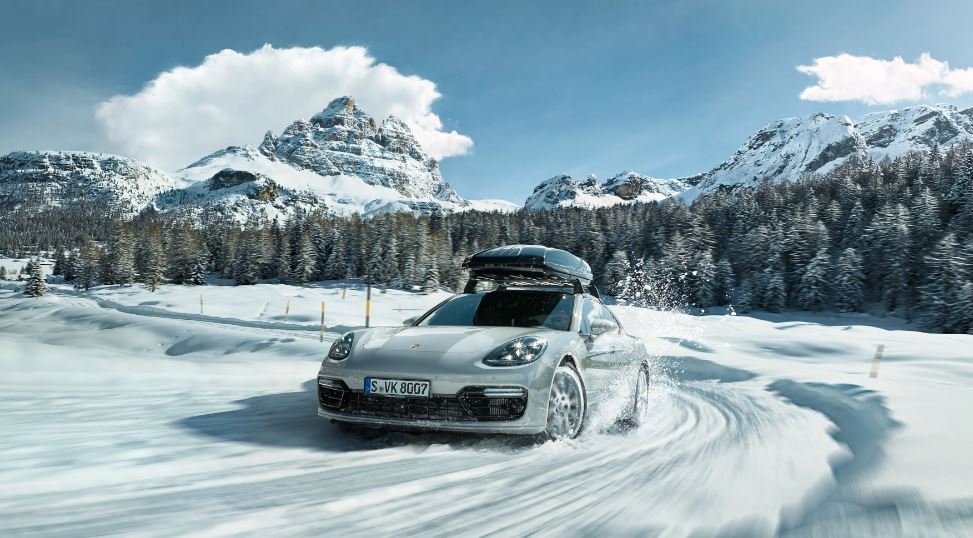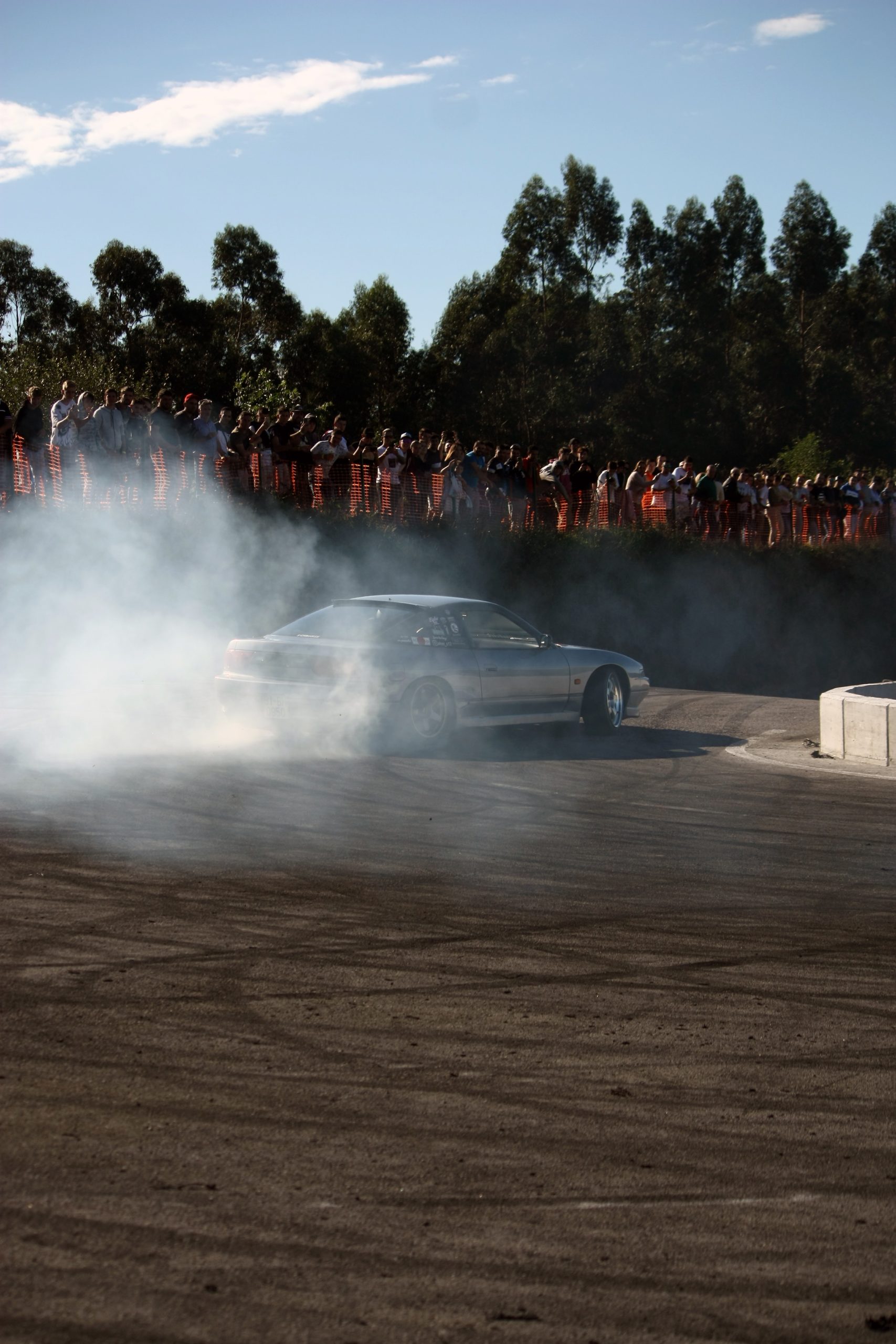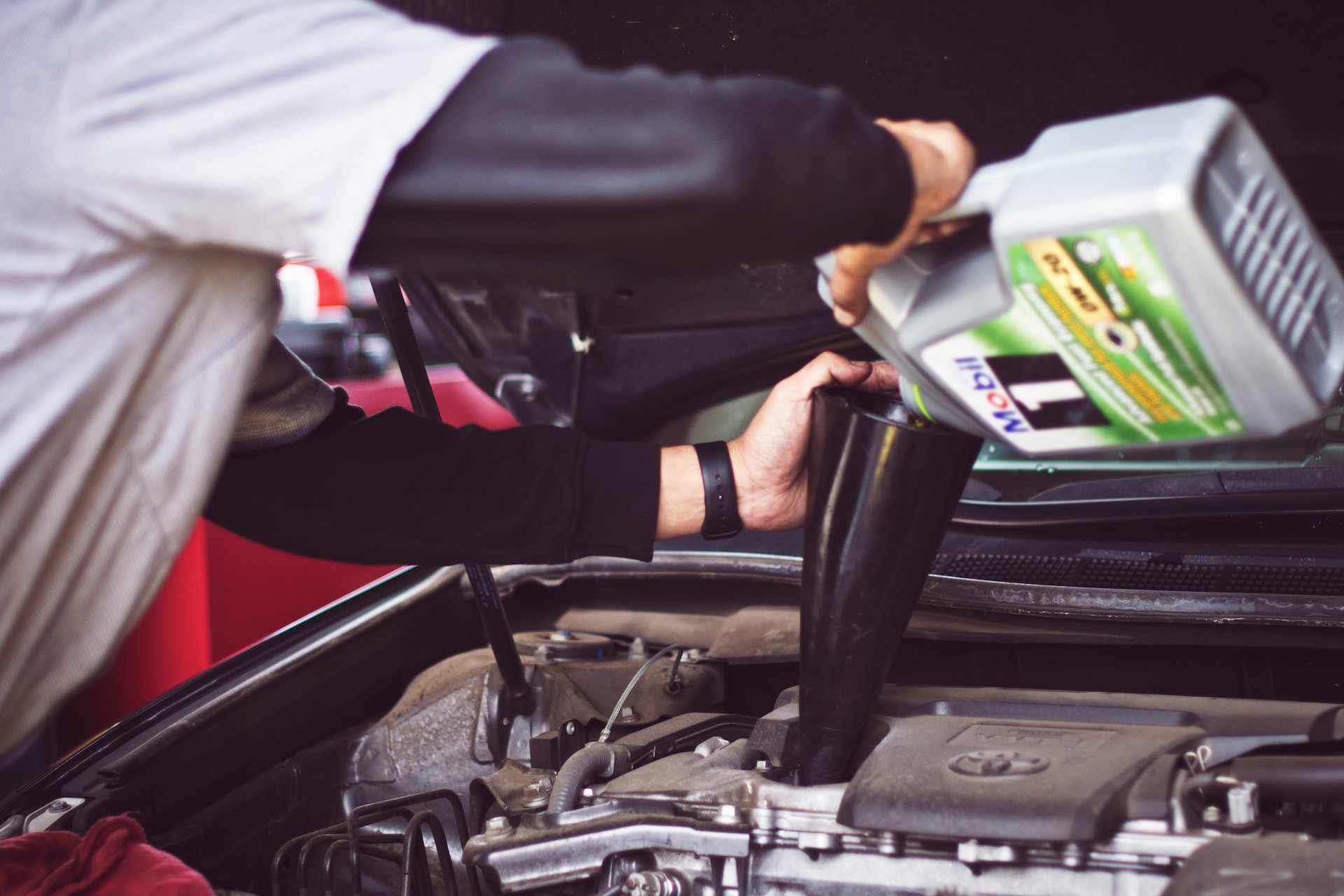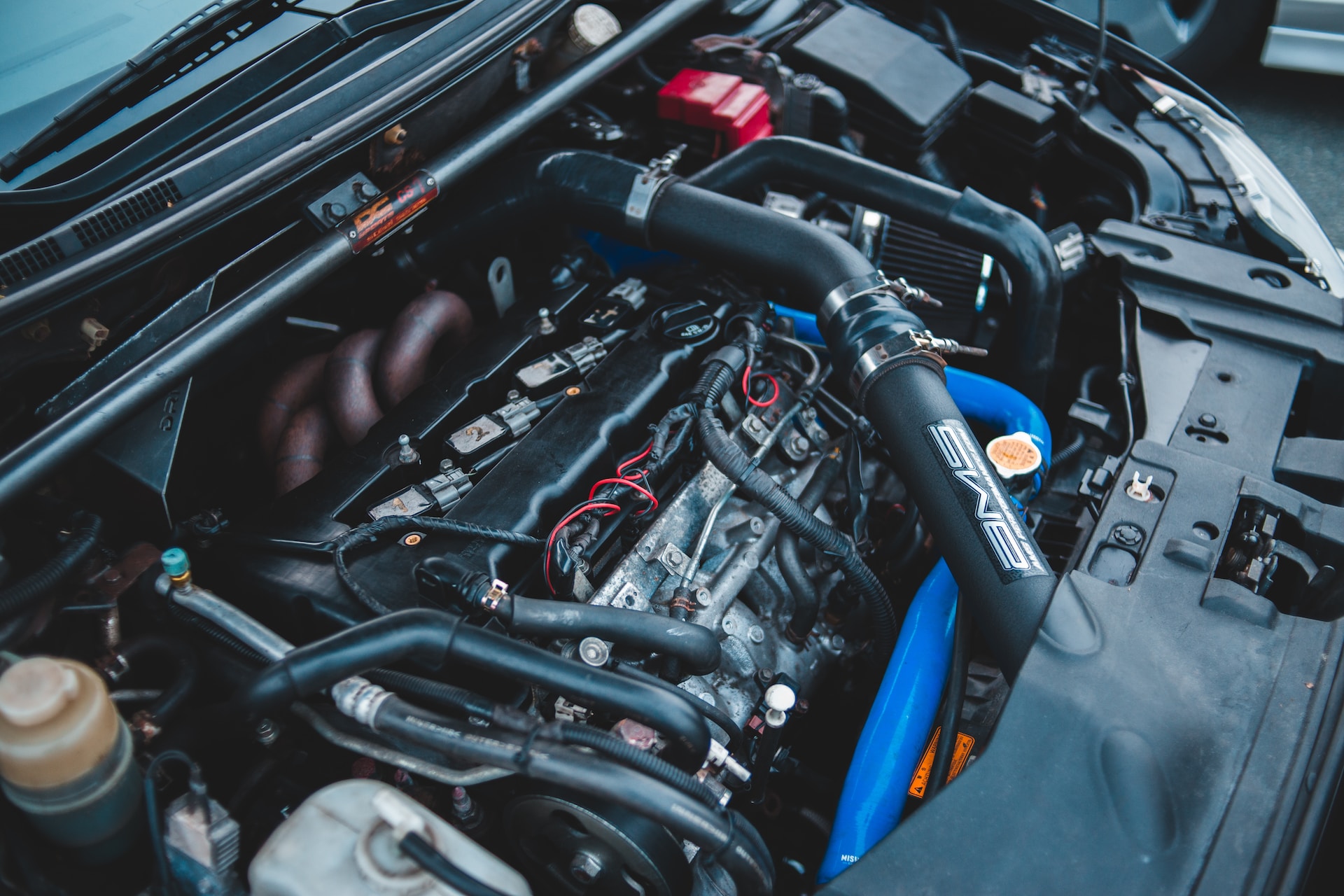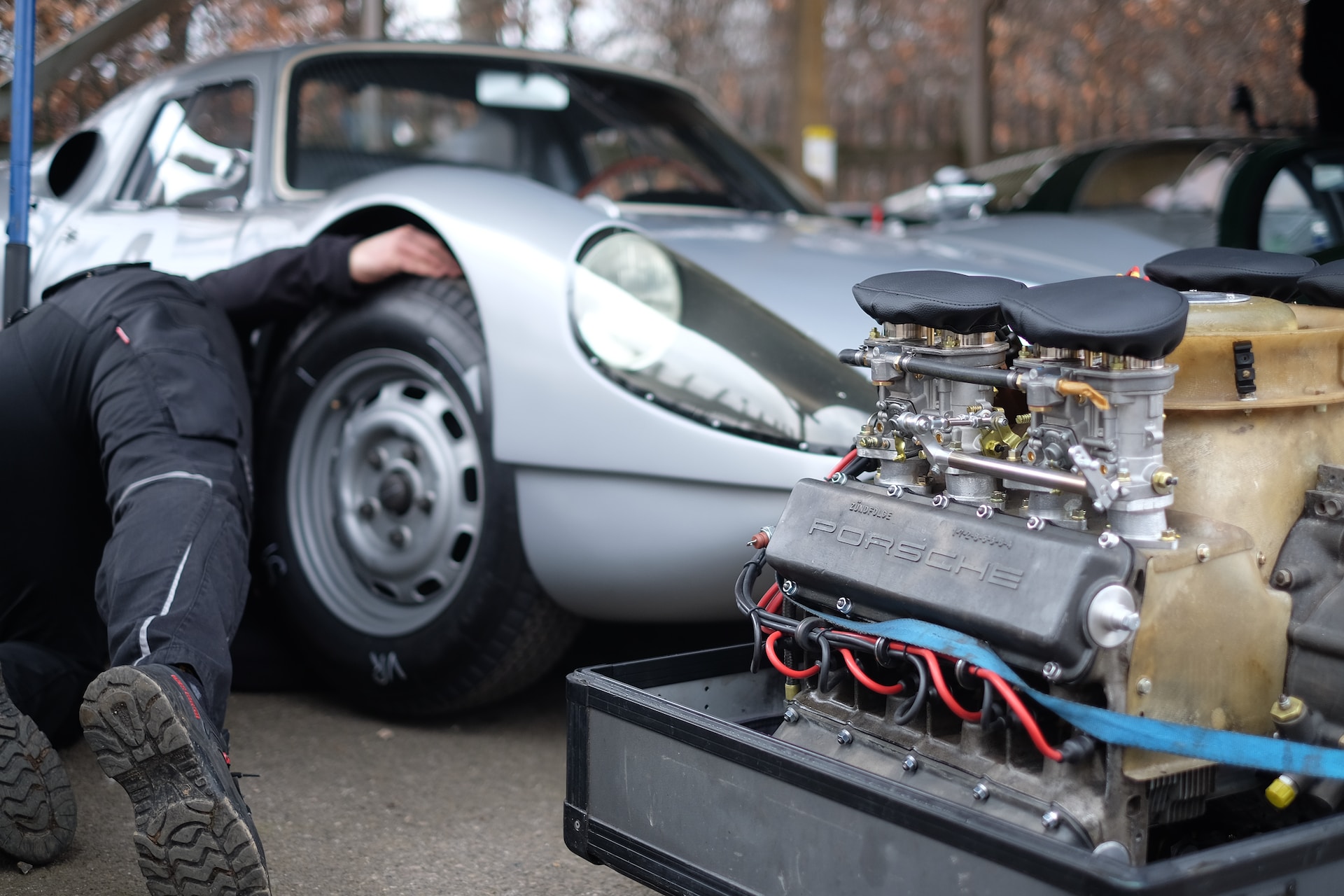Driving a car in the snow can be hazardous to yourself and other drivers unless you take precautions. Driving a car in the snow requires concentration and knowing how to handle your vehicle under such conditions.
The basic steps about driving a car in the snow include:
1. Increasing Visibility:
Clear all windows of any frost, ice, or snow and ensure that all lights and signals are working. Make sure your tires have adequate tread for safe road grip. You should drive slowly at first until you get used to handling the slippery surfaces, and potholes, on the roads. Stay away from hills as much as possible. Because it is difficult to stop on them. When there’s no friction between your wheels and the surface of the road.
2. Increase The Following Distance:
Allow more time to brake and steer your vehicle in the snow. This may be necessary because it is harder for you to stop on slippery surfaces, which means stopping distances are greater. Also, hard-packed snow or ice will be slick and offer less traction than dry pavement.
3. Avoid Hydroplaning:
When water is present on a road due to melting snow or rain, the tires of a car can lose contact with the surface of the road resulting in a loss of steering control. Braking effectiveness will also decrease when the tires have less grip on wet roads making avoiding collisions difficult. You should slow down as much as possible if this situation arises, even if it means having to abandon your journey until conditions improve.
4. Beware Of Black Ice:
This is a thin layer of clear ice that can form on the surface of the road without your knowledge. It is most commonly found on bridges, overpasses, and shady areas. When driving over black ice, you may feel as if your car is suddenly skating on ice and it is very easy to lose control. Proceed with caution and remember that it’s better to slow down too much than too little in these conditions.
5. Be Prepared:
Always carry an emergency kit in your car in case you become stranded. This should include items such as a flashlight, blanket, extra clothes, food, and water. If you live in an area where heavy snowfall or icy conditions are common, you should increase this to include items such as a shovel, sand, or kitty litter that can be used to provide traction in case of an emergency.
If you are traveling with others, make sure each person knows they are responsible for their own safety. Pay attention to road conditions and let other drivers know when it is safe to pass by using your hazard flashers/lights. Follow these tips and drive safely.
Important Items You Should Include In Your Winter Car Kit:
Some items that you may want to consider including in your winter car kit are a flashlight, blanket, and extra clothes. If you live in an area where heavy snowfall or icy conditions are common. You should increase this to include items such as a chainsaw for removing tree branches from the road.
Is It Better To Drive Fast Or Slow In The Snow?
Driving too fast is more dangerous than driving too slow. If you drive fast, you will need longer distances to stop and turn the steering wheel. Because of that, it takes you more time to react to upcoming obstacles like slippery roads, potholes, or cars that are stopped ahead. Driving slowly reduces braking distance which makes it easier for you to avoid collisions with other vehicles or pedestrians. On the other hand, if your car is out of control because of an obstacle (e.g., slippery road), you might not be able to brake in time – even at low speeds.
What Driving Mode Is Best For Snow?
The best mode for snow is 2WD. When you are driving in a snowy area, it is important to reduce the risk of getting stuck. That’s why you should use 2WD mode. It helps send more power to the wheels that have the most traction. 4WD and AWD modes can help you make it through difficult conditions, but they also increase the chance of getting stuck.
How Can I Prevent My Car From Skidding In The Snow?
In order to prevent your car from skidding in the snow, you should drive slowly and allow more time to brake and turn. You should also pay attention to road conditions and avoid hydroplaning. When water is present on a road due to melting snow or rain, tires of a car can lose contact with the surface of the road resulting in a loss of steering control. Braking effectiveness will also decrease when the tires have less grip on wet roads making avoiding collisions difficult. You should slow down as much as possible if this situation arises, even if it means having to abandon your journey until conditions improve.
Should I Use Eco Mode In The Snow?
Using “Eco mode” in the snow is not recommended because you will lose your ability to accelerate quickly. “Skipping gears” or using an incorrect gear for speed can also have a bad effect on acceleration time. Especially if you are driving uphill. That’s why it is important to maintain good control over your car by shifting into the correct gear for conditions and giving yourself enough space between cars.
What Should I Do If My Car Starts Skidding?
If your car starts skidding, avoid pressing on the brake pedal unless absolutely necessary as this makes it more difficult to steer out of the skid. Instead of braking, try turning the wheel in the direction that you want your front wheels to go. If this doesn’t work, then slowly apply pressure to the brake pedal until you regain control of your car.
Conclusion
It is important to drive safely in the snow by following these tips. Remember to include items such as a flashlight, blanket, extra clothes, food, and water in your winter car kit. Additionally, use “2WD” mode whenever possible. Avoid pressing on the brake pedal unnecessarily. Try turning the wheel in the direction that you want your front wheels to go. By following these guidelines, you can help reduce the risk of getting into an accident this winter.
